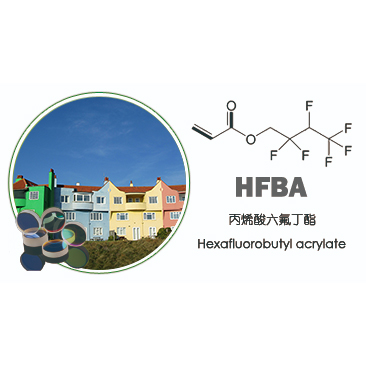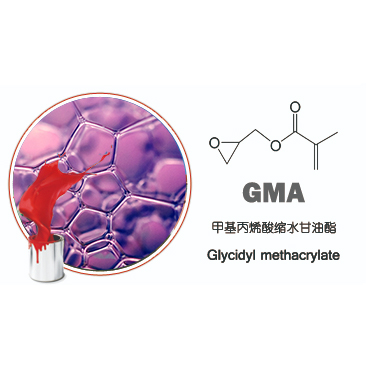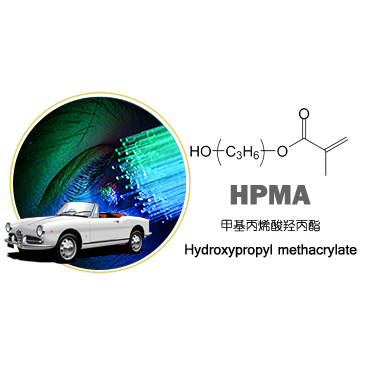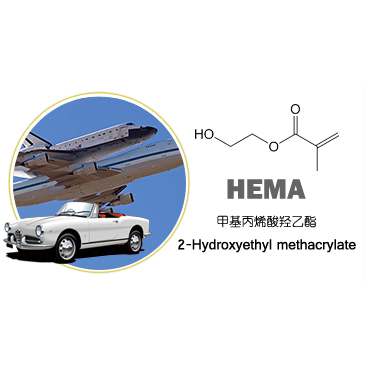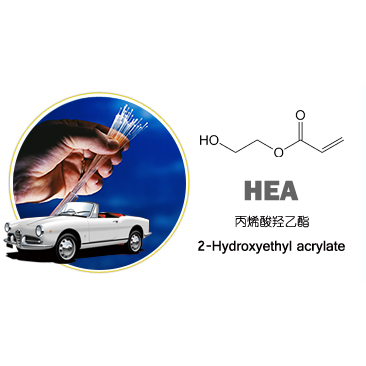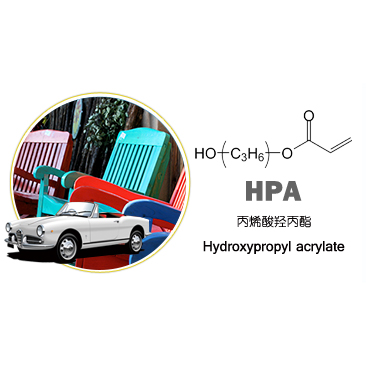- E-mail : info_marketing@jindunchemical.cn
- Phone : +86 21 64057580
- Address : Shanghai China
Causes and solutions of deterioration of concrete polycarboxylic acid water reducing agent
At present, the commonly used water reducing agent is polycarboxylic acid
system water reducing agent. Compared with other types of water reducing agents,
it has the advantages of strong molecular designability, high water reduction
rate, good slump retention, low chloride ion and alkali content, and
pollution-free production and use. In practice, it is generally compounded with
defoamer, retarder, air-entraining agent, etc., to meet the different technical
performance requirements of concrete. Among the retarder sodium gluconate or
sucrose and polycarboxylic acid system water reducing agent compounding, can
improve the water reduction rate, slow slump loss, and improve the water
reducing agent and cement adaptability. But also often due to the addition of
sodium gluconate and quickly deteriorate, lightly reduce the performance, or
lead to complete failure of water reducing agent, which brings many
uncertainties to the use of engineering or directly lead to engineering
accidents, and even cause many legal disputes. Especially in the high
temperature weather, it is more likely to appear this phenomenon. In order to
prevent the deterioration of polycarboxylic acid water reducing agent and lead
to performance changes and even engineering accidents, Nanjing Tianshi Blue
Shield will analyze the causes and put forward effective measures to prevent the
deterioration of polycarboxylic acid water reducing agent from the production
and application point of view.
There are two main reasons for the deterioration of polycarboxylic acid
water reducing agent: one is the influence of temperature, and the other is
sodium gluconate.
The influence of temperature: In summer, the water reducing agent is easy
to deteriorate, such as blackening, odor, flocculation, bacterial spots, etc.
The higher the temperature of the storage environment of polycarboxylic acid
water reducing agent, the more likely to deteriorate. When the ambient
temperature rises, the Brownian motion intensifies and the heat energy becomes
larger, leading to chain decomposition and reduction of water reducing agent
effectiveness. Higher ambient temperature makes it easier for bacteria and mold
to grow in the liquid, while the growth and reproduction of microorganisms are
accelerated, which leads to moldy water reducing agent.
The most suitable temperature for most mold reproduction is 25-30 ℃, the
optimum growth temperature of Aspergillus flavus is about 37 ℃, the optimum
temperature for the production of toxicity is 28-32 ℃. And most bacteria
suitable for reproduction temperature is 25 ~ 40 ℃.
The impact of sodium gluconate: there are three main production processes
of sodium gluconate: one is the immobilized cell and immobilized enzyme method,
the second is the biocatalytic method, and the third is the microbial
fermentation method. Currently commonly used is the microbial fermentation
method, is a fungal fermentation and bacterial fermentation process, which is
more commonly used Aspergillus niger strain M276 fermentation production of
sodium gluconate. The use of Aspergillus niger fermentation to produce sodium
gluconate will produce Aspergillus niger, gluconic acid residues. These residues
provide nutrition for the reproduction of microorganisms, when the ambient
temperature is more suitable, microorganisms, bacteria will accelerate the
reproduction of water reducing agent that appears black mold phenomenon
occurs.
Polycarboxylic acid system water reducing agent deterioration of prevention
and solution measures
Practice has proved that the deterioration of polycarboxylic acid water
reducing agent will have a certain degree of impact on its quality, which can
seriously lead to concrete quality accidents. The domestic compounding
production plant takes a fluke attitude towards the setting of anti-mildew
function of polycarboxylic acid water reducing agent, and adopts the way of
quick supply and quick use to ensure the quality of water reducing agent by
constantly replenishing "fresh water reducing agent" to the site (factory) water
reducing agent storage tank, but this is very unscientific and unreliable. When
the project schedule is affected, the use of water reducing agent speed can not
be controlled, the stock of water reducing agent in the summer that is easy to
appear corruption, deterioration. Prevention of water reducing agent corruption,
deterioration, the following measures can be taken.
1, the use of high purity of sodium gluconate
There are more manufacturers of sodium gluconate on the market,
manufacturers should provide sodium gluconate in Aspergillus niger, gluconic
acid residue test report. Manufacturers with strict production control system
can effectively control the residues of glucose and Aspergillus niger in the
production process, thus reducing the risk of corruption and deterioration of
polycarboxylic acid water reducing agent compounded with sodium gluconate.
At present, the price difference between industrial grade sodium gluconate
and food grade sodium gluconate is about 1000~2000 RMB/ton, but the purity of
food grade sodium gluconate is higher and the amount in water reducing agent is
less, so you can choose food grade sodium gluconate instead of industrial
grade.
2、Add a certain amount of preservative
Adding a certain amount of preservative in the production process of
polycarboxylic acid water reducing agent can effectively prevent the corruption
and deterioration of polycarboxylic acid water reducing agent. At present, the
main preservatives on the market are sodium nitrite, sodium benzoate and
isothiazolinone. Isothiazolinone is a more widespread, efficient, low toxicity,
non-oxidizing fungicides, applicable pH value is wide, used for water reducing
agent mold sterilization is more ideal. The amount of preservative added is
(0.5-1.5) kg per ton of polycarboxylic acid system water reducing agent.
Tips: reduce the use of formaldehyde, nitrite, try to use high-quality
fungicides compounding! There are some water reducing agent manufacturers will
use formaldehyde, sodium benzoate and strong oxidizing nitrite, etc. for
corrosion. Although its relatively low cost, but the effect is not good, while
formaldehyde will also escape with time, temperature, pH and other factors
change, there is still corruption and deterioration.
3、The importance of storage environment of polycarboxylic acid water
reducing agent
Try to store polycarboxylic acid water reducing agent in a cool and
ventilated environment, avoid direct sunlight exposure. Avoid using metal
products, otherwise the corrosion of metal materials will also cause the
polycarboxylic acid water reducing agent to change color or even deteriorate.
For example, stainless steel cans will make the stored water reducing agent
become red, iron cans will make the stored water reducing agent become green,
copper cans will make the stored water reducing agent become blue, etc.
4、Rational estimation of polycarboxylic acid water reducing agent usage
In some projects, the speed of polycarboxylic acid water reducing agent is
not easy to control due to the project progress and weather conditions. In some
projects, polycarboxylic acid water reducing agent has been placed on site for
more than 3 months or even longer, and corruption and deterioration happens from
time to time. Therefore, it is recommended that manufacturers should communicate
with the project office before delivery about the progress and cycle of product
use, so as to ensure that the consumption and replenishment of polycarboxylic
acid water reducing agent are in dynamic balance.
Finally, for the deteriorated water reducing agent in principle is not to
be used again, especially the water reducing agent has been smelly, moldy,
flocculation. However, slight deterioration of the water reducing agent, can be
used to quickly kill the preservative for corrosion treatment. Concrete mixing
experiments should be conducted again to prevent the water reducing agent
function failure.
-
date
2022-10-10
-
location
Shanghai, China







































